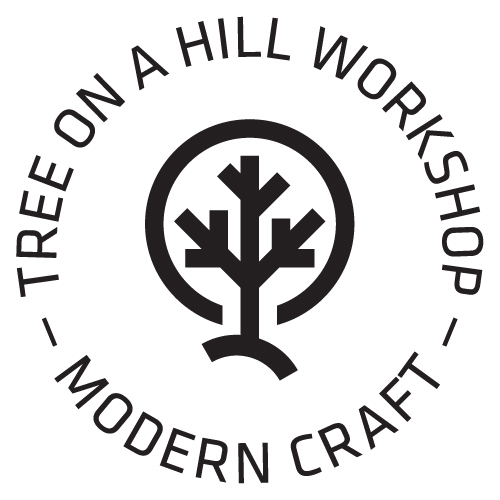I had the opportunity to tag along on a road trip with some members of the ShopBot team. They were headed to a shop in Wisconsin to help a customer with two ShopBot machines, a monster 16×5 3-axis machine and a brand new 5-axis machine. I have to admit I was there for the 5-axis. I had not seen their machine in action and I was excited to see it run.
3-axis: A machine that can move a tool (commonly a spinning cutter bit) along a horizontal plane (X-axis and Y-axis) such as a piece of plywood, as well as move vertically (Z-axis) to adjust the depth of cut and carve things such as a topographical map. The adage goes that a 3-axis machine can cut valleys and carve “mountains” but is not capable of creating “caves”. You could cut parts for plywood furniture or create 3D carved signs.
5-axis: A five axis machine starts with the same 3-axis movement as above. It adds two rotational axis by adding a “shoulder” and “wrist” or by allowing the actual workpiece to move in 2 axis. A 5-axis machine can carve a complete 3-dimensional object from a block of material. You could use a 5-axis machine to carve a bust of Beethoven for your piano.
One of the most important aspects to any CNC work is figuring out how to hold your material in place while the machine makes it’s cuts. Material holding even more critical with 5 axis machining especially when you consider you may be cutting away the bottom of your block of material. Material stiffness is also a concern since any flex in your material will degrade your cut quality.
Many people employ jigs, screws, or adhesive to secure their material.
There are 2 flavors of 5-axis machining. “3+2” and full 5-axis.
During “3+2” machining, 2 of the axis are locked while the other 3 move to do the machining.
During 5-axis machining, all 5 axis are in motion while the cutting bit is in contact with the material.
This video shows an object being carved using both methods.

